For example, to set the background to your favorite/branding color:
Add the below Meta property to your HTML code in the HEAD section
<head>
...
<meta name="theme-color" content="Your Hexadecimal Code">
...
</head>
Example
<head>
...
<meta name="theme-color" content="#444444">
...
</head>
In the below image, I just mentioned how Chrome is taking your theme-color property:

Firefox OS, Safari, Internet Explorer and Opera Coast allow you to define colors for elements of the browser, and even the platform using meta tags.
<!-- Windows Phone -->
<meta name="msapplication-navbutton-color" content="#4285f4">
<!-- iOS Safari -->
<meta name="apple-mobile-web-app-capable" content="yes">
<meta name="apple-mobile-web-app-status-bar-style" content="black-translucent">
Safari-specific styling
From the guidelines (documents here):
Hiding Safari User Interface Components
Set the apple-mobile-web-app-capable meta tag to yes to turn on standalone mode. For example, the following HTML displays web content using standalone mode.
<meta name="apple-mobile-web-app-capable" content="yes">
Changing the Status Bar Appearance
You can change the appearance of the default status bar to either black or black-translucent. With black-translucent, the status bar floats on top of the full screen content, rather than pushing it down. This gives the layout more height, but obstructs the top. Here’s the code required:
<meta name="apple-mobile-web-app-status-bar-style" content="black">
For more on status bar appearance, see Supported Meta Tags.
For example:
Screenshot using black-translucent

Screenshot using black


 .
.

